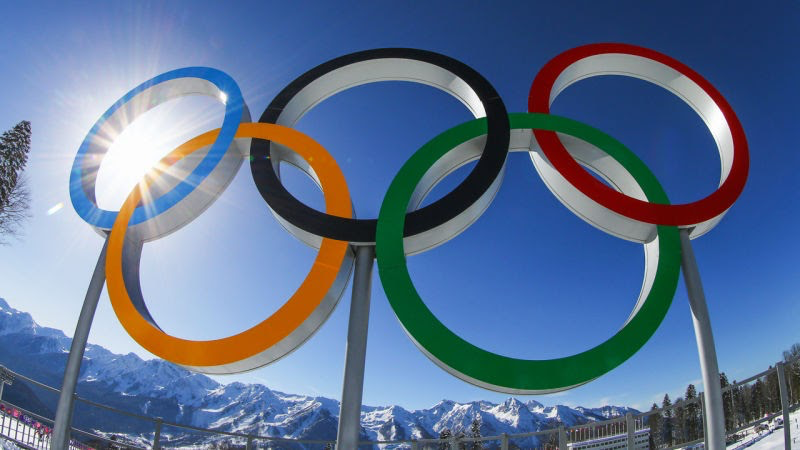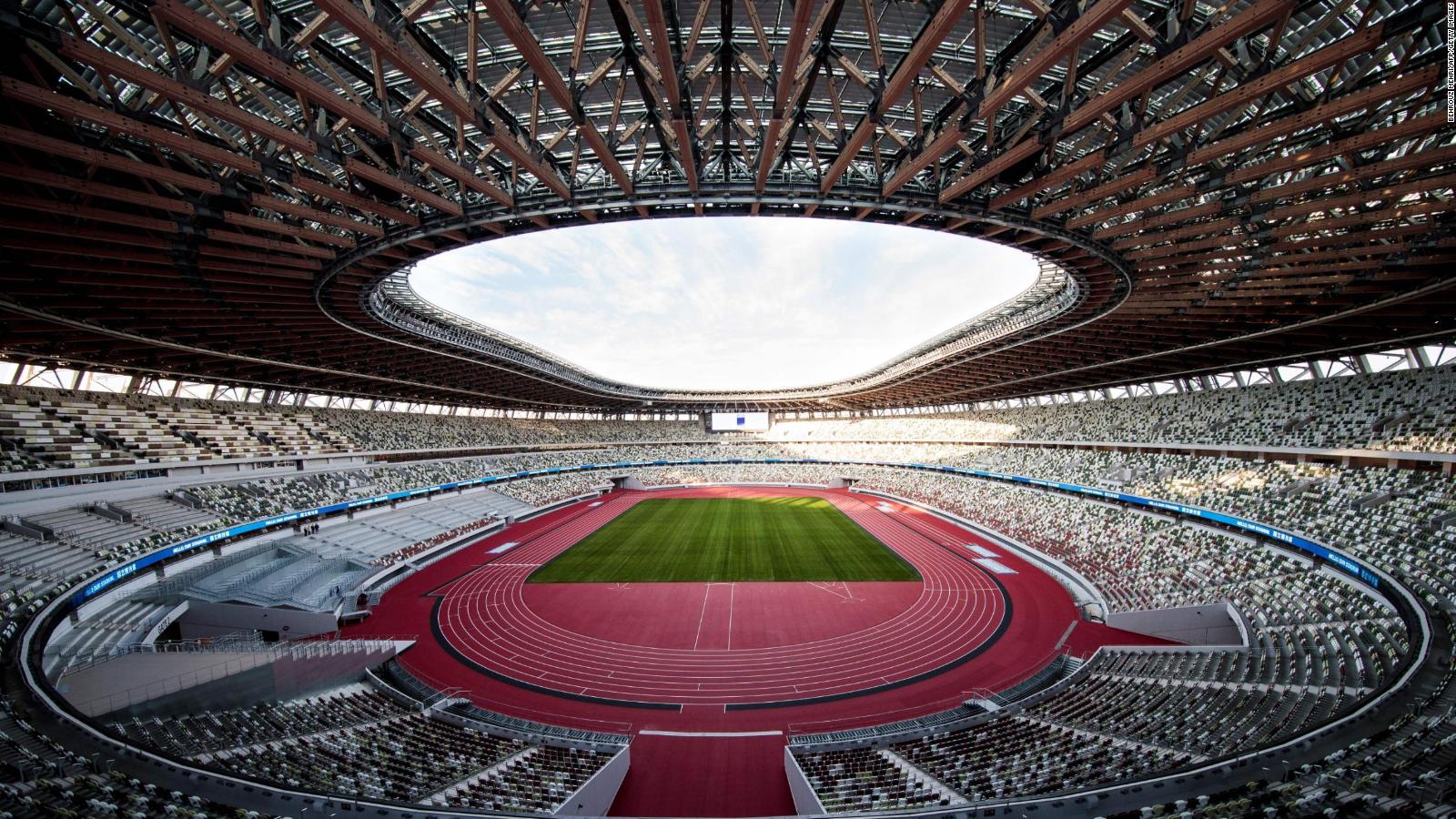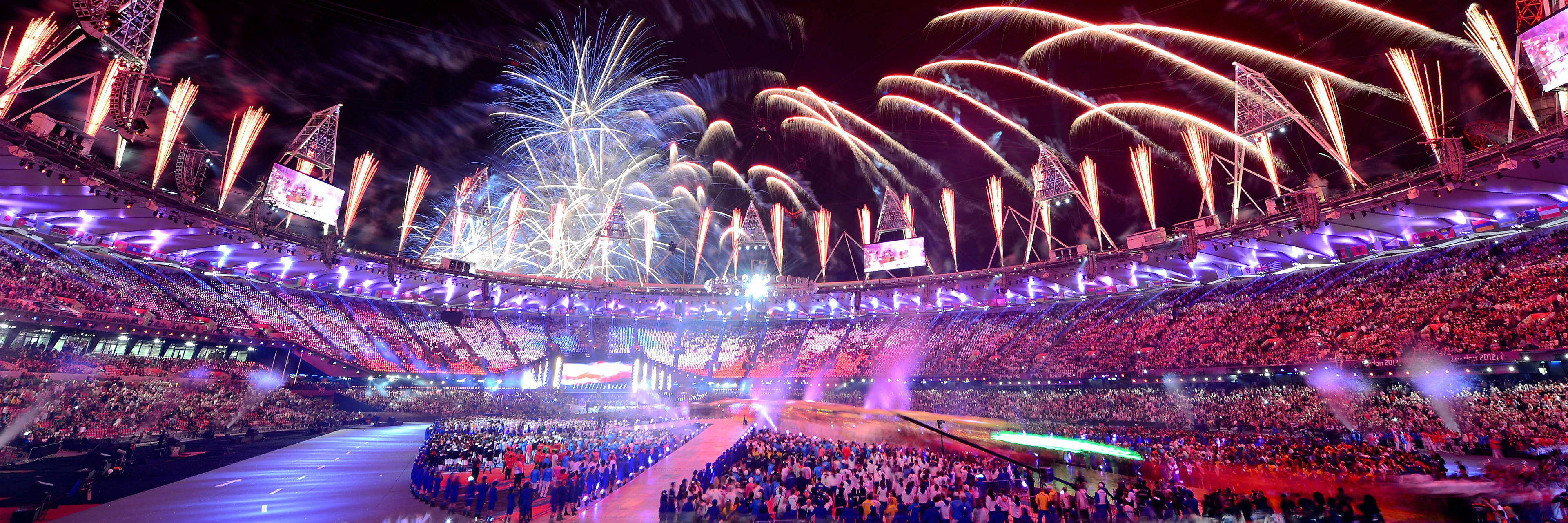Introduction: Time waits for no one
The 2020 Tokyo Olympics was postponed => All Olympic athletes will be one-year older next year. The simple observation inspires us to explore the correlation between athletes’ ages and performance thoroughly.
We used a dataset
of 260k+ Olympic athletes' information (name, age, gender, nationality, medal, etc) from 1896 to 2016.
We created following interactive data visualizations:
- Overview: frequency plots (and box plots) for athletes of different ages, sports, Olympic years, and countries.[1]
- Sports vs. age: a stacked bar chart and a dot-line chart
- Country/gender vs. age: based on athletes’ nationalities, we visualize athletes’ performance of different income-level country groups according to the World Bank’s report.
- A prediction tool: we trained a machine learning model to support real-time performance prediction based on the user input.
[1] To reduce visual clutter and support smooth interactions, we sampled 5% of all datasets in part 1.
Part 1: Overview
How to interact:
- Sort by: sort the frequency plot by age, number of athletesor the alphabetical order
- Filter: filter data points by season or gender
- Change y-axis: the data could be aggregated by sports, country, year and gender
- Change mode: toggle to show the density plot or the box plot
- Animations: scroll down and the y-axis will be updated automatically!
Try it yourself!
Sports & Age
Now the y-axis shows all the Olympic sports
The relative importance of the physical, technical, tactical and psychological components is not the same for a marathon runner as for a gymnast or a basketball player. These differences likely contribute substantially to the broad range of ages of peak performance of the top Olympic athletes.
Too small? Scroll inside the plot to zoom and pan! Or try the filter to see sports of winter and summer Olympics
Background knowledge
Some sports appear in every summer Olympic Games, e.g. athletics, swimming, fencing, etc., while some sports appear only recently, e.g. badminton (since 1992), Triathlon (since 2000). Similary, sports like Figure skating, Ice hockey and Ski jumping appear in every winter Olympics, while some sports appear only recently, e.g. short track speed skating (since 1992), snowboarding (since 1998).
Fun facts
Art competitions formed part of the modern Olympic Games during its early years, from 1912 to 1948. Medals were awarded for works of art inspired by sport, divided into five categories: architecture, literature, music, painting, and sculpture. The juried art competitions were abandoned in 1954 because artists were considered to be professionals, while Olympic athletes were required to be amateurs.
Country
Now the y-axis shows all the nations and regions have participated in Olympics
Too small? Scroll inside the plot to zoom and pan!
Year
Now the y-axis shows all the Olympics years
Try to toggle the mode button ![]() to see the distribution more clearly
to see the distribution more clearly
For Olympic Athletes, Is 30 the New 20?
The ages of Olympic athletes are getting steadily older in some sports. The age of swimmers is up 13%. The age of gymnasts is up 12%. Even the age of athletes in track and field is up 5%. Competitors are also older than ever in canoeing, handball, fencing, judo and table tennis. Advances in sports science are helping preserve skilled but aging athletes. New ideas about training have lengthened their careers.
Background knowledge
Winter and summer Olympics used to be held in the same year. Since 1994, summer Olympics were held in leap years, and winter Olympics were held between two leap years (still every 4 years). In 1967, the committee banned performance enhancing drugs, in the 4 olympiad following that the average of athletes' age dropped from 24 to 22.After 1984, professional athletes became allowed to compete.
Gender
Now the y-axis shows male and female athletes
Background knowledge
In the first modern Olympic games (1896), there were no female athletes. In 2016, 45% athletes are female.


